To this day, one of the tallest tsunami waves known to science occurred in Lituya Bay, a fjord in Alaska, in 1958.
After an earthquake rocked the region, a tsunami wave devastated the area, with ocean waves reaching heights of three miles high.
An Empty Tomb

Even before 1958, Lituya Bay has been known as a dangerous and deadly fjord. When French explorer Jean-François de Galaup La Pérouse first discovered the bay, even he realized something was amiss with the narrow Alaskan fjord.
When he lost twenty-six men who were sent by him to measure the water’s depth near the bay’s entrance, he further realized this bay was deadly. Now, this bay has been named Cenotaph after these men — which means “empty tomb” in Greek.
Previous Earthquakes and Giant Waves
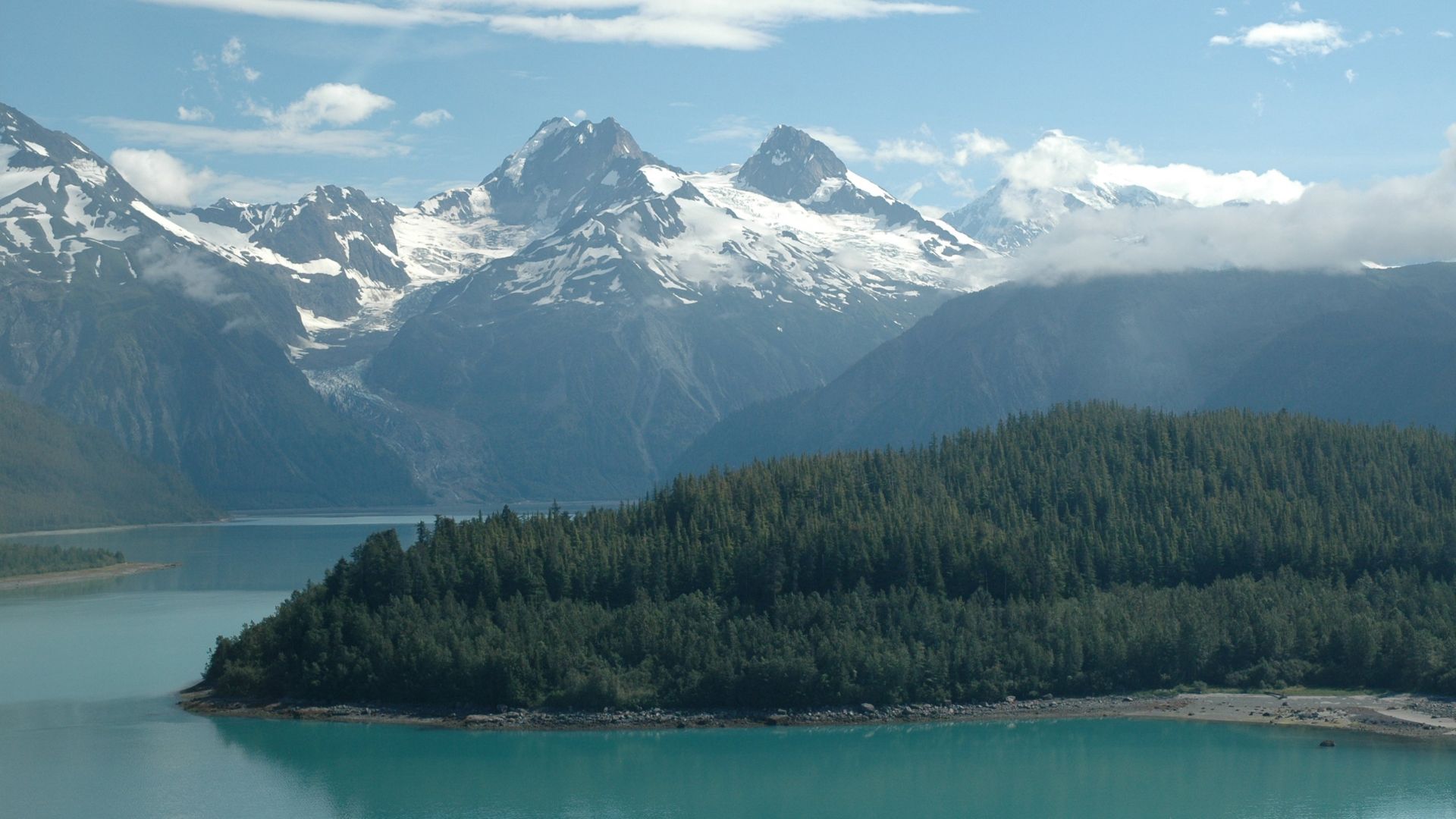
Lituya Bay has also been known to have earthquakes — and subsequent giant waves that have devastated the area.
In 1899, an earthquake created a giant wave that destroyed a nearby native village. At least five people drowned while on the island. Other tsunami waves have occurred since this incident.
The Biggest Tsunami Wave in History
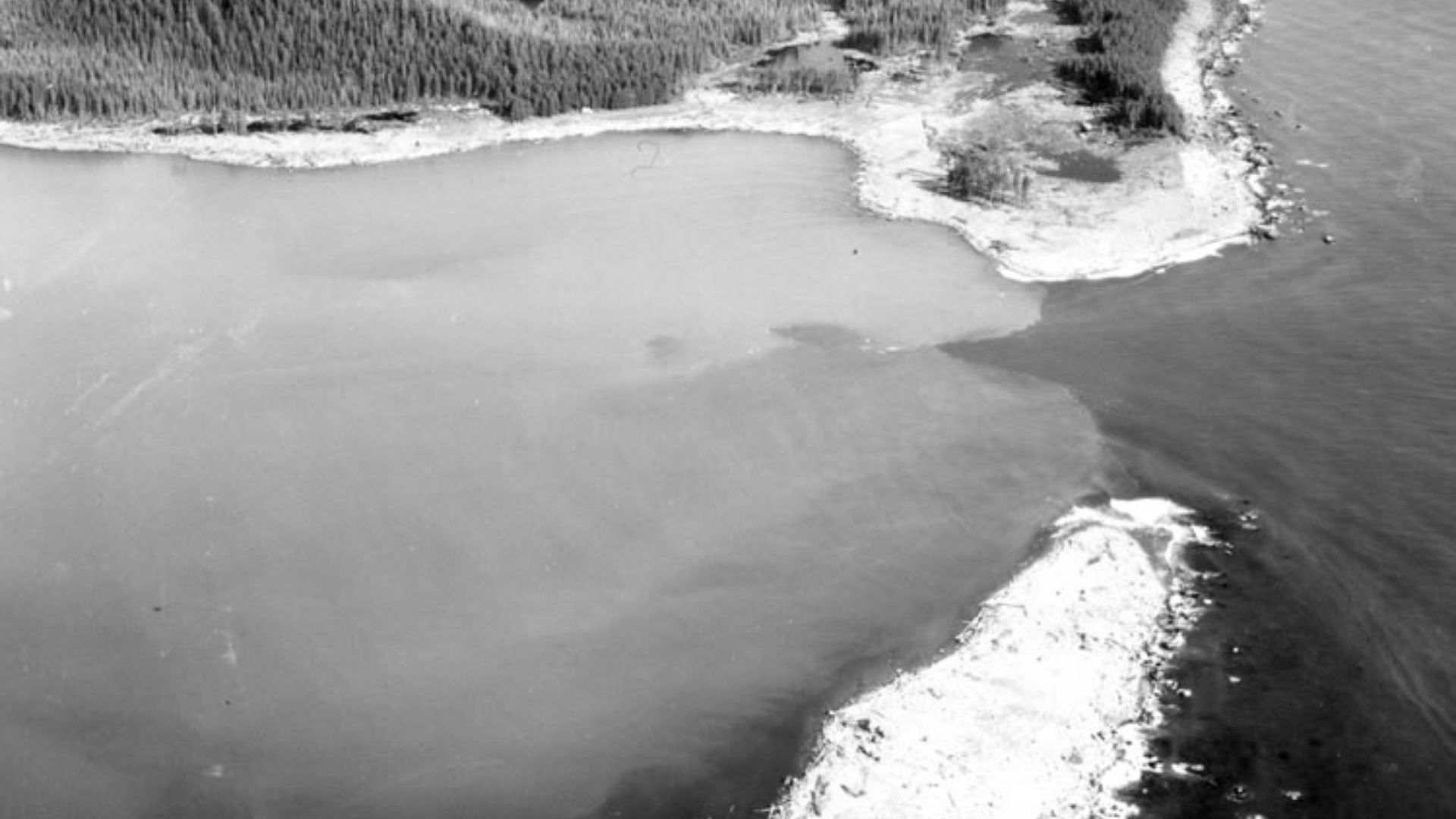
However, the 1958 earthquake and tsunami that occurred in Lituya Bay remains the most known incident in the region — as it’s also known as the biggest tsunami wave known to science.
One day in 1958, a sudden 7.8 earthquake occurred on the Fairweather Fault. This had an immediate effect on Lituya Bay and the entire region.
An Enormous Rock Slide
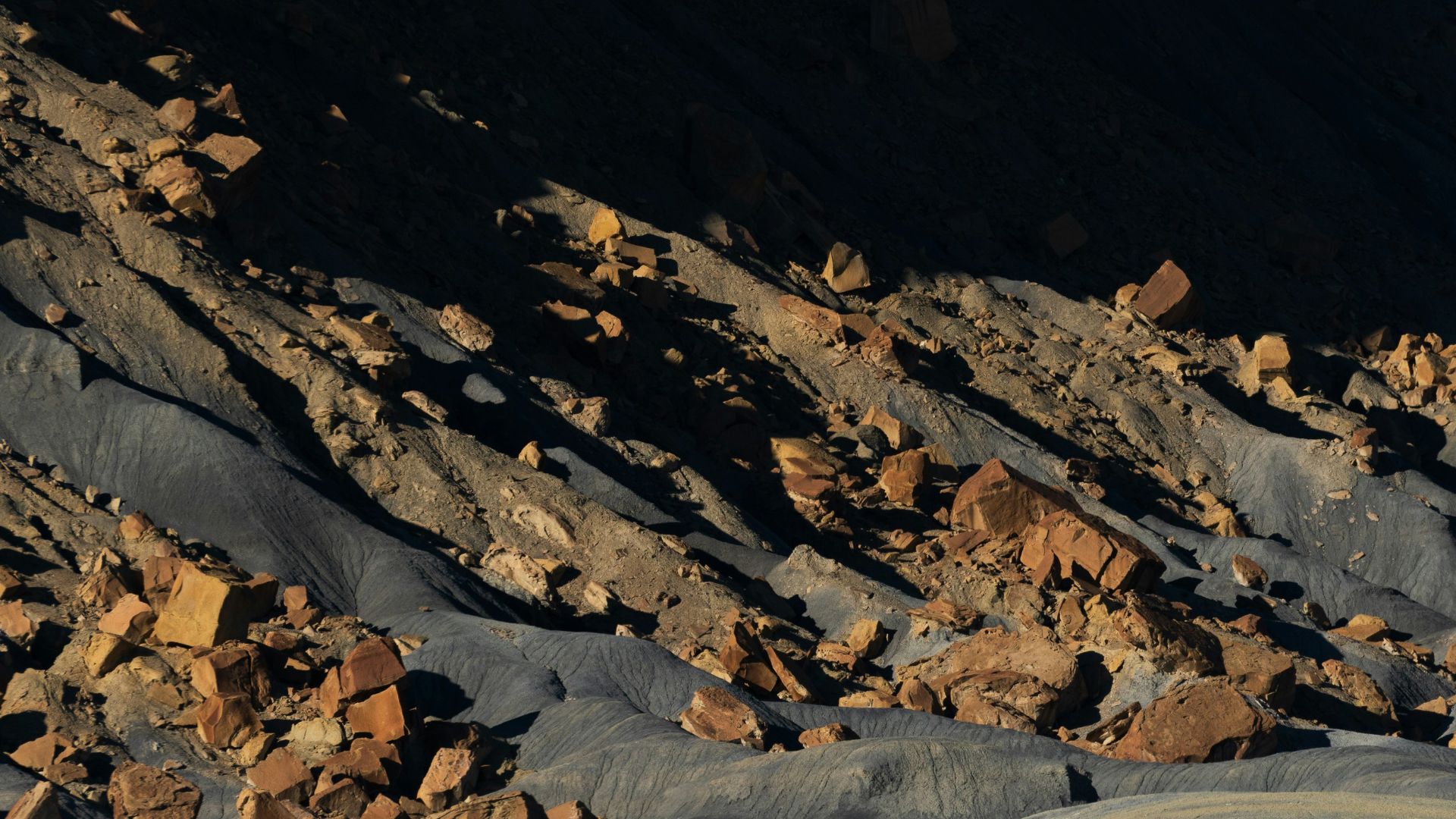
This earthquake caused immediate damage, as about 90 million tons of rock ended up in a massive rock slide.
These rocks plunged into the bay. According to scientists, this massive amount of rocks is equal to 8 million dump truck loads. Clearly, this rockslide would lead to more damage in the vicinity.
A Mountain Breaks Apart
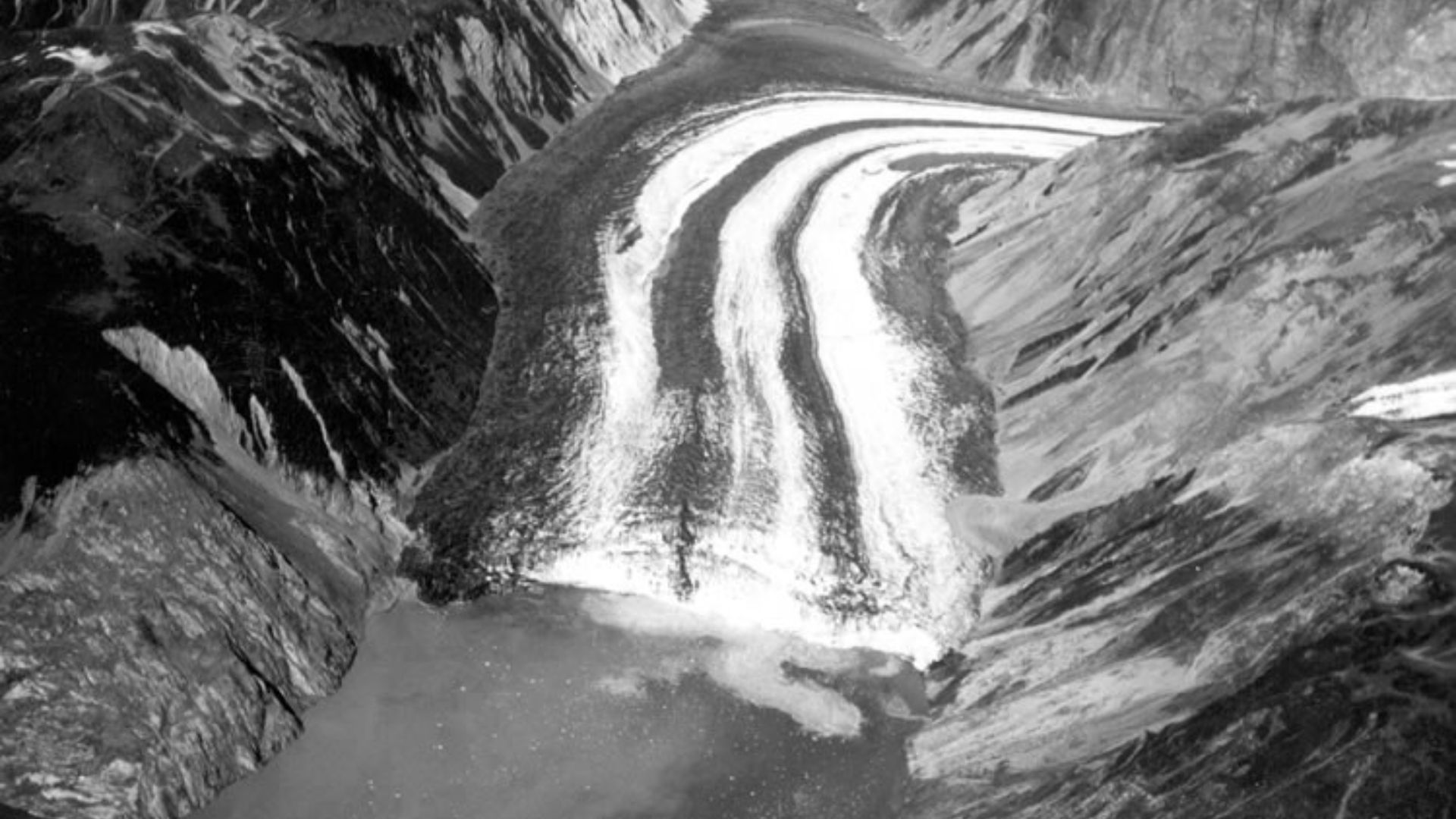
Even worse, an entire chunk of the top of a mountain peak ended up breaking apart, falling from its height on a cliff, and dropping about 2,000 feet to hit the water.
Today, scientists believe this mountain chunk was huge — and could be about 2,400 feet by 3,000 feet by 300 feet. This enormous amount of mountain rock hitting the water had devastating consequences.
An Asteroid

Scientists have also explained that this massive piece of a mountain peak, combined with the fact that it had to drop 2,000 feet into the water, makes it similar to what the area would have experienced if it had been hit by an asteroid.
A summary conducted by the Western States Seismic Policy Council said, “In some respects, it created a similar reaction to that which would have occurred if an asteroid had fallen into the water.”
Eyewitness Accounts
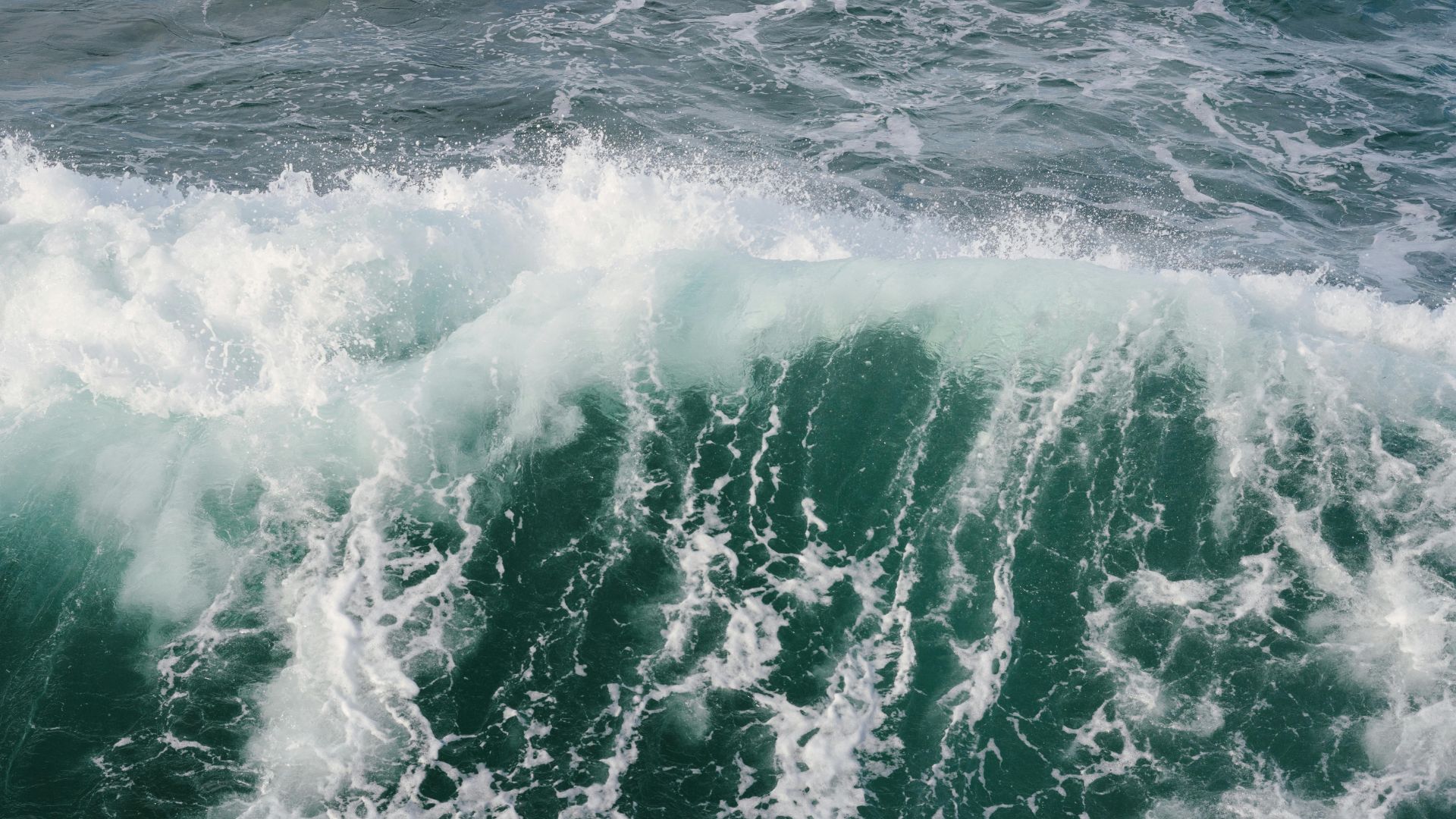
According to eyewitnesses who survived this incredibly dangerous earthquake and tsunami, the event began with the ground shaking intensely for more than several minutes.
Then, they heard a massive boom that sounded like an explosion. This may have been the mountain peak hitting the water. Finally, they saw a remarkable sight: a shattered glacier rising hundreds of feet into the air above them.
Historically High Tsunami Waves
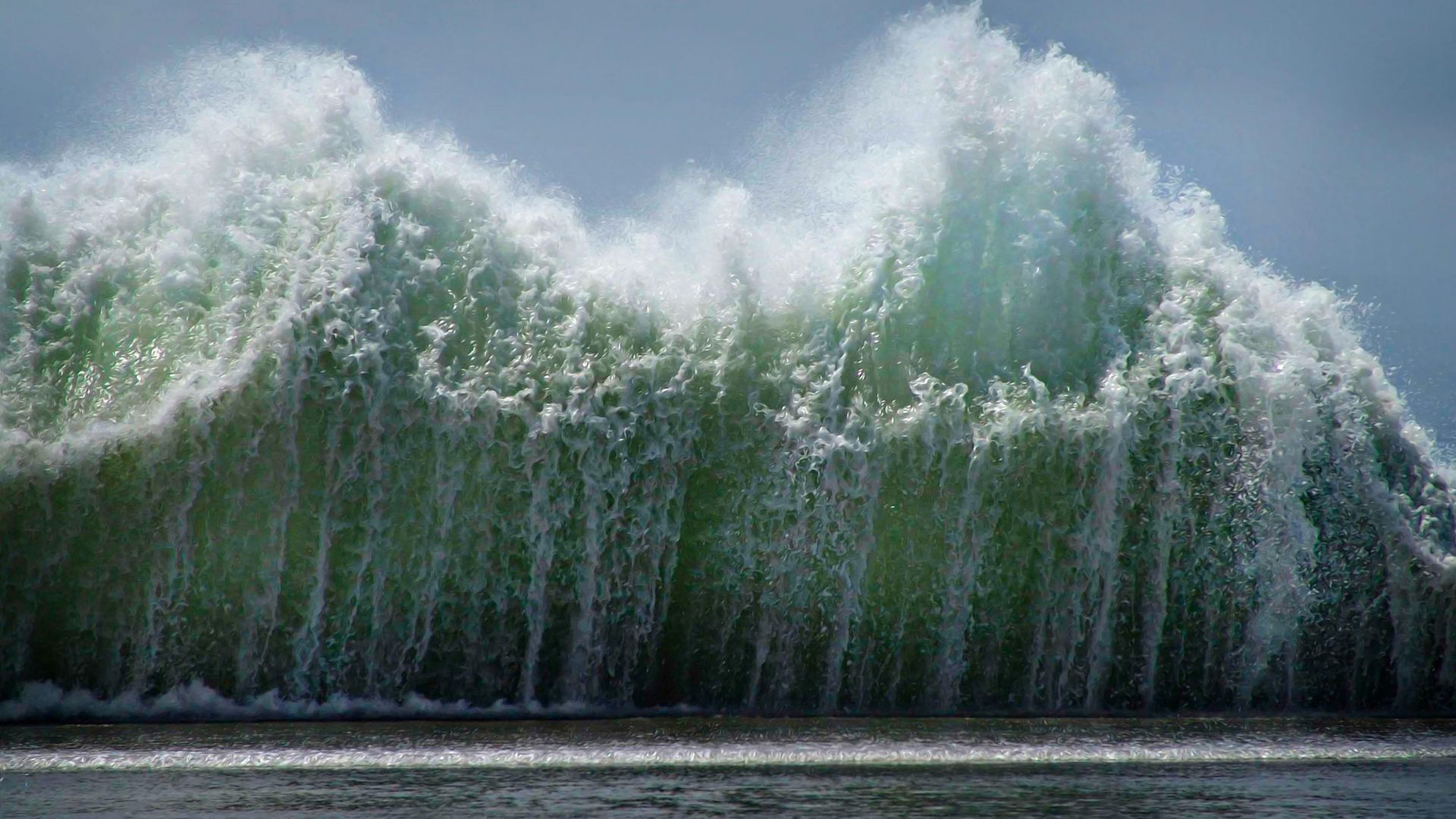
All of this activity led to incredibly high tsunami waves decimating the area. Giant waves — many of them with large hunks of ice in them — came inland.
One amazing eyewitness account came from a local fisherman. He said he found himself and his boat being brought up with one of these giant waves. When he looked down, he could see the tops of trees well below him.
The Tallest Tsunami Waves Ever Recorded
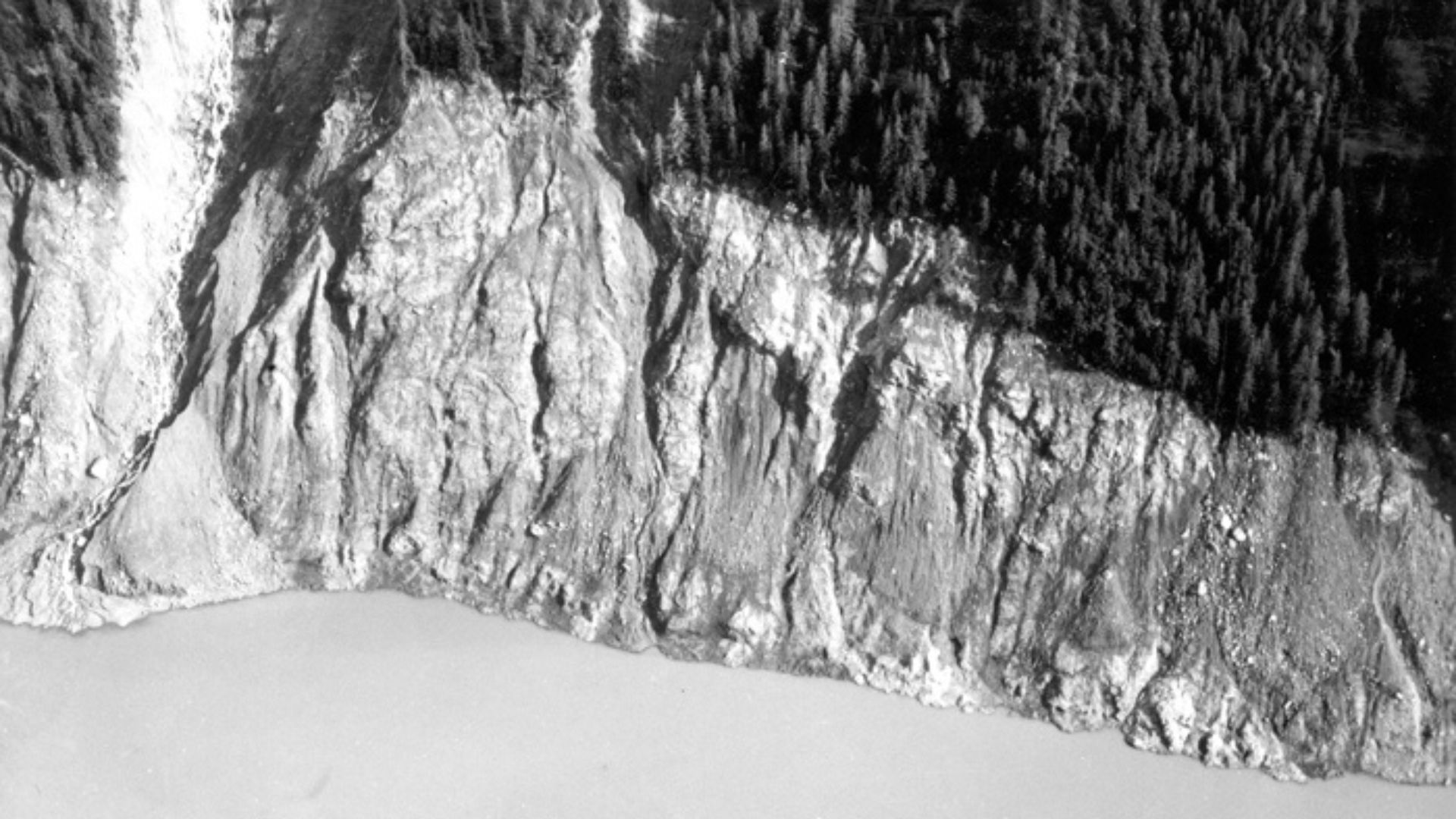
Scientists now believe these tsunami waves extended over the region, on average, at 700 feet. However, some rare areas saw waves as high as 1,720 feet — which is taller than the Empire State Building.
Now, science considers these tsunami waves seen at Lituya Bay as the tallest tsunami waves ever recorded.
Remaining Damage
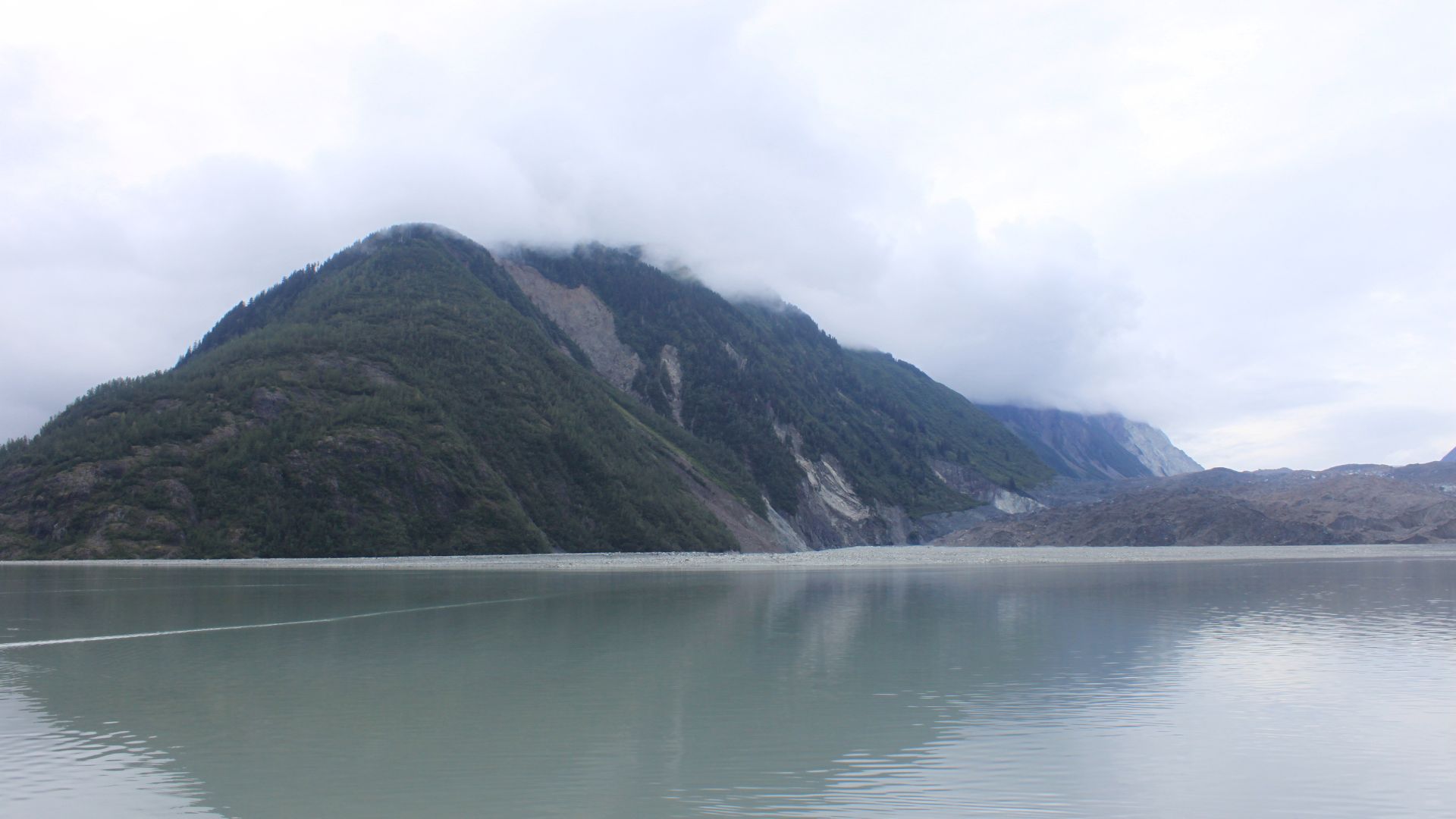
Even today, one can still find signs of this massive tsunami that wrecked the region more than 60 years ago.
As many trees for miles were destroyed and swept away by these massive ways, younger trees have appeared in the vicinity of these areas where vegetation was almost completely taken away by water.
A Dangerous Future
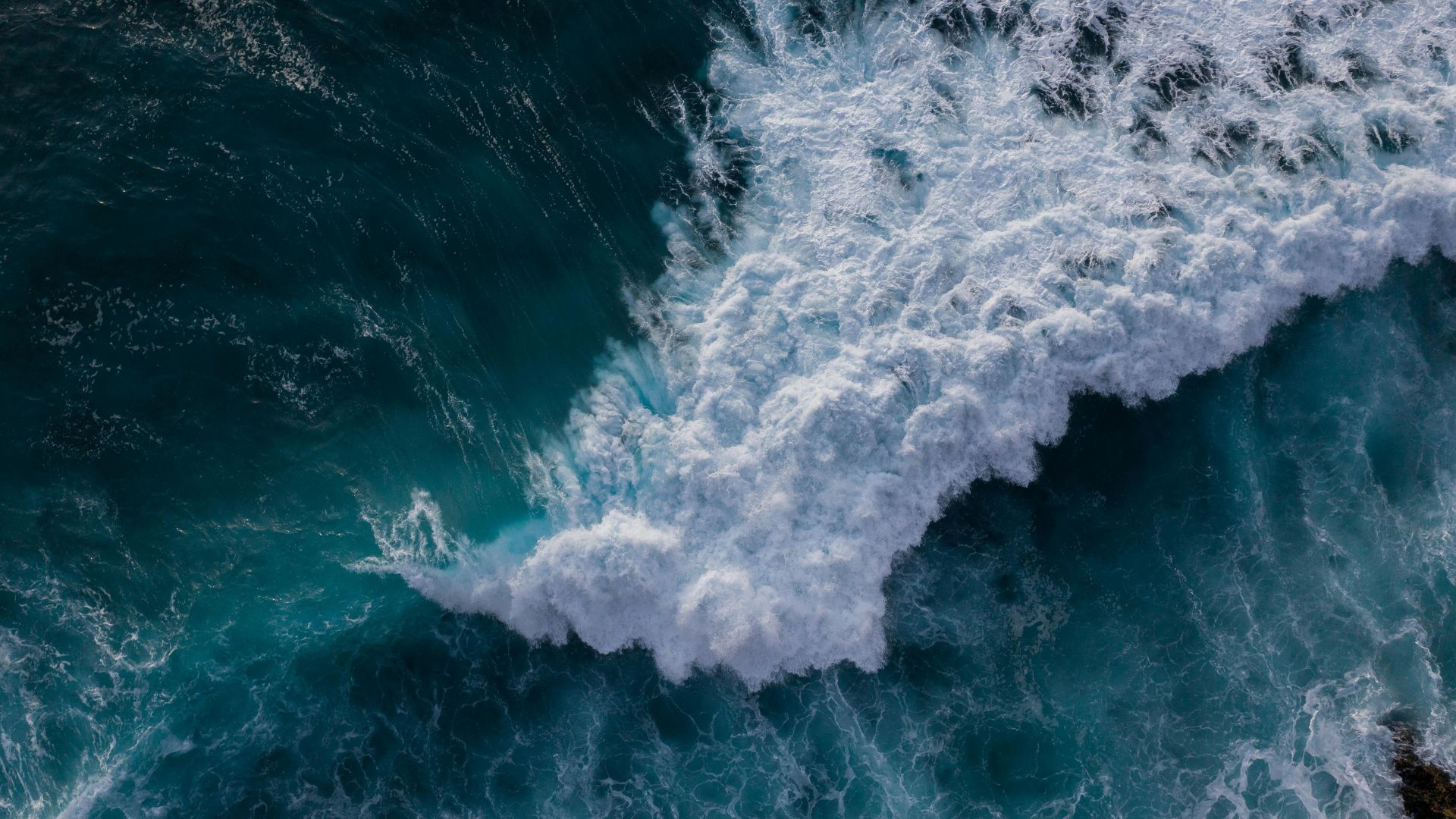
Unfortunately, scientists anticipate that Lituya Bay will see more tsunamis in the future. This is thanks to many factors, including the fault that can produce earthquakes combined with the bay’s seafloor and steep walls.
However, these giant waves may not be as frequent. One scientist even believes enormous tsunami waves will only occur once every quarter of a century.
